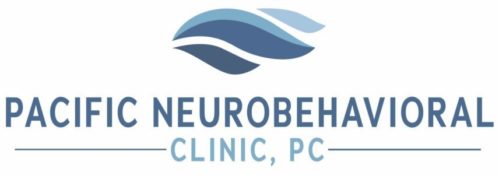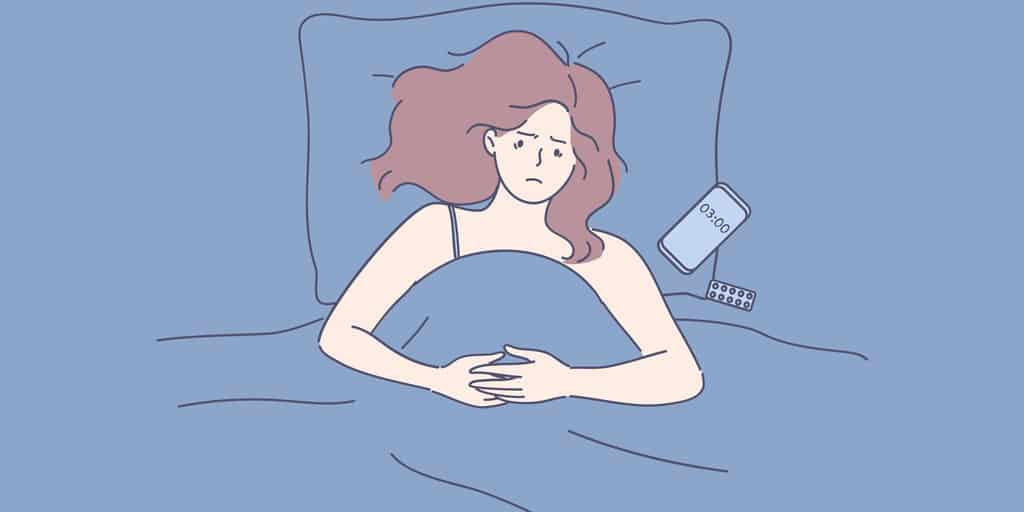Written by Sarah Jurick, Ph.D.
For most of us, the last year and a half has been difficult for many reasons. Many have lost loved ones, fallen ill, cared for sick individuals, found themselves out of work, and missed celebrations of important milestones with friends and family. Not surprisingly, these adjustments have led to ‘tandemics’—epidemics that run in tandem and are caused and exacerbated by the pandemic—such as increased rates of mental health disorders.
Poor sleep has been one of the many consequences of the COVID-19 pandemic, leading to the term ‘coronasomnia’, which is essentially insomnia that has been caused or worsened by the COVID-19 pandemic.
Sleep Changes During the Pandemic
Research studies have begun to document these changes in sleep. Perhaps, unsurprisingly, around one-third of healthcare workers report insomnia since the rise of COVID-19, with the highest prevalence among frontline workers directly working with patients diagnosed or at-risk of developing COVID-19 (Lai et al., 2020; Zhang et al., 2020). However, this is not unique to healthcare workers. Widespread complaints of sleep loss, poor sleep quality, and insomnia are also present in the general population (Cellini et al., 2020).
Effects of COVID-19 on Sleep
Additionally, a recent study found that 6 months following hospitalization for COVID-19, sleep difficulties were among the most common lingering concerns with 26% reporting continued sleep difficulties (Huang, 2021). The authors cited multiple possible reasons for sleep difficulties following COVID-19, including direct effects of the virus, the body’s immune response, corticosteroid treatment, staying in the intensive care unit, social isolation, and stigma related to contracting COVID-19.
The Role of Stress and Changing Work Schedules
In addition to the potential direct effects of the virus, the COVID-19 pandemic has impacted sleep through increased stress levels, confinement at home, and atypical work schedules (Morin et al., 2020). Specifically, sleep quality and duration are highly dependent on how long we are awake, daylight exposure, and routines that we engage in (e.g., rising at the same time each day with an alarm, meals, exercise, work, and social/leisure activities). Lately for many of us, routines have been thrown off by shift work schedules, remote work that can end up running late into the evening, and less exposure to daylight, leading sleep to suffer. In the short-term, poor sleep can cause low mood and decreased immunity. Consequences of long-term poor sleep include hypertension, diabetes, and depression.
“Sleep Hygiene” Techniques:
Fortunately, there are some relatively simple ‘sleep hygiene’ techniques we can engage in that have the potential to improve sleep in a big way. Adapted from Morin et al.(2020):
1) Maximize daylight exposure, particularly earlier in the day, by opening curtains, getting outside, and turning on lights. This will regulate circadian and sleep-wake rhythms.
2) Try to wake up and go to sleep as close to the same time each day. Having a consistent schedule with meal times and work will also help your body to know what to expect each day and make falling asleep and waking up easier.
3) Limit naps and if you need one, try to take a short nap (15-20 minutes) early in the day. This will help you feel tired when it is time for bed.
4) Avoid using electronics before bed as well as in the bedroom. The light from our cell phone and tablets sends signals to our brain that it is time to wake up, not go to bed.
5) Reserve the bed and bedroom for sleep and sex only. This will train your brain to associate your bedroom with sleep and not stressful things that keep your mind active.
6) Make sleep a priority and aim for 7-8 hours per night.
Although these behavioral techniques are helpful, if you are experiencing insomnia several nights a week, it will likely be necessary to seek professional help. Very effective, short-term therapies such as cognitive behavioral therapy for insomnia described here are available.
References:
Cellini, N., Canale, N., Mioni, G., & Costa, S. (2020). Changes in sleep pattern, sense of time, and digital media use during COVID-19 lockdown in Italy. Journal of Sleep Research (preprint).
Huang, C., Huang, L., Wang, Y., Li, X., Ren, L., Gu, X., … & Cao, B. (2021). 6-month consequences of COVID-19 in patients discharged from hospital: a cohort study. The Lancet, 397(10270), 220-232.
Lai J, Simeng M, Wang Y, et al. Factors associated with mental health outcomes among health care workers exposed to coronavirus disease 2019. JAMA Network Open. 2020;3(3):e203976. doi: 10.1001/jamanetworkopen.2020.3976.
Morin, C. M., Carrier, J., Bastien, C., & Godbout, R. (2020). Sleep and circadian rhythm in response to the COVID-19 pandemic. Canadian Journal of Public Health, 111(5), 654-657.
Zhang, C., Yan, L., Liu, S., et al. (2020). Survey of insomnia and related social psychological factors among medical staffs involved with the 2019 novel coronavirus disease outbreak. Frontiers in Psychiatry.

